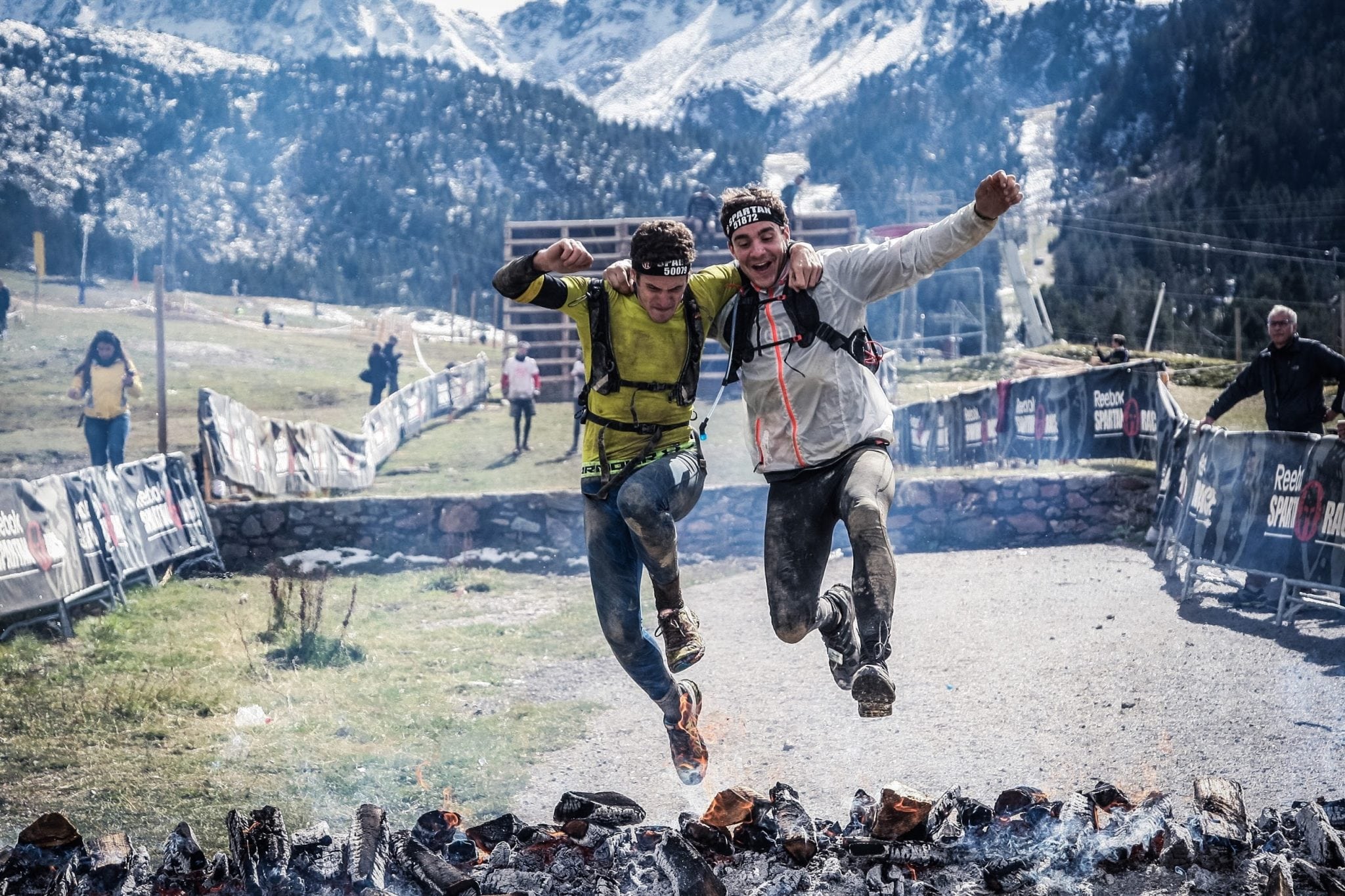Written by: Shannon Polk, Kudos Team Contributor
Having trouble getting up at 5 a.m. for your morning workout? Or do you find yourself skipping that after-work run due to lack of motivation?
We’ve put together some tips for identifying the right training partner to motivate you to exercise more and help achieve your goals. When selecting a training partner, look for these qualities:
1) Common Interests
Look to train with folks who share interests similar to yours. Obviously, you should both like being physically active, and having other things in common will help pass the time during runs, weight sessions, swims or bike rides. You may find yourself spending time with this person aside from exercise, which is great! It helps strengthen that bond and brings you closer as a team.
2) A Friendly Push
If possible, find a partner who is faster than you. It may feel intimidating to try and match the pace of someone who’s more experienced and/or fitter than you, but you won’t improve if you aren’t pushed. Consider taking the lead during a run to spark confidence in yourself and avoid feeling like you’re dragging behind.
3) Sync Schedules
You’ll need to have a training partner who is available to exercise on similar days and times. This doesn’t need to be every day or even every other day—maybe it’s just once a week—but there needs to be a regular cadence to your workouts. Otherwise, the training partnership isn’t likely to last long or be fruitful for either of you.

4) Similar Goals
Your training partner should have goals that are similar to yours. If you’re attempting to complete your first triathlon and your training partner is looking to complete his/her first 5K, he/she is not going to be able to hang with you for very much of your training. Identifying a handful of races you can both work toward is helpful in establishing a training framework.
5) Positive Outlook
You’re much more likely to maintain a regular schedule (tip #3), enjoy yourself (tip #1) and accomplish your goals (tip #4) if you and your training partner have positive outlooks on exercise and life. Train with someone who is more likely to be upbeat and positive than someone who is not. During your training, you’re going to experience some ups and downs, but it’s overcoming those downs—sometimes with the help of a training partner—that matters most.
